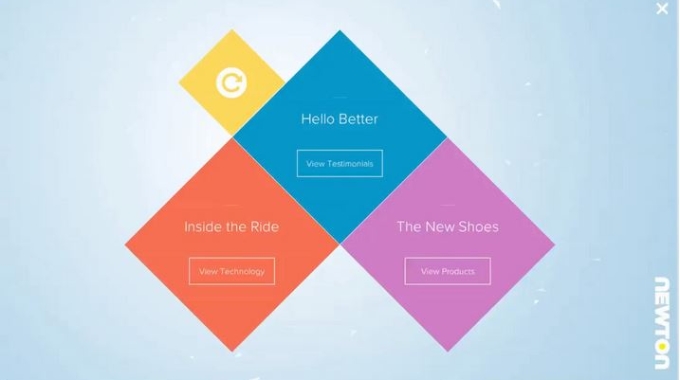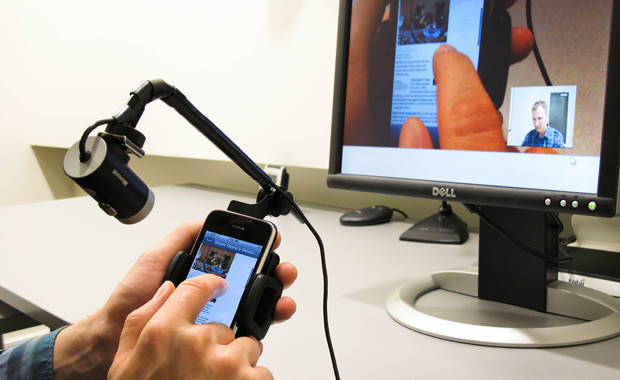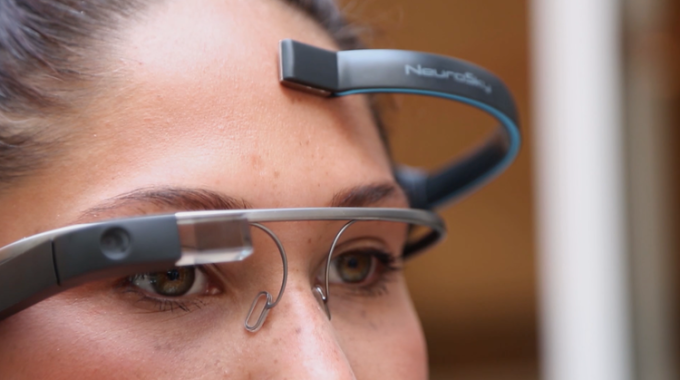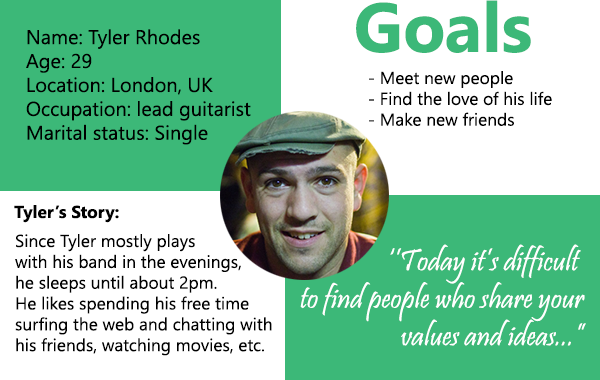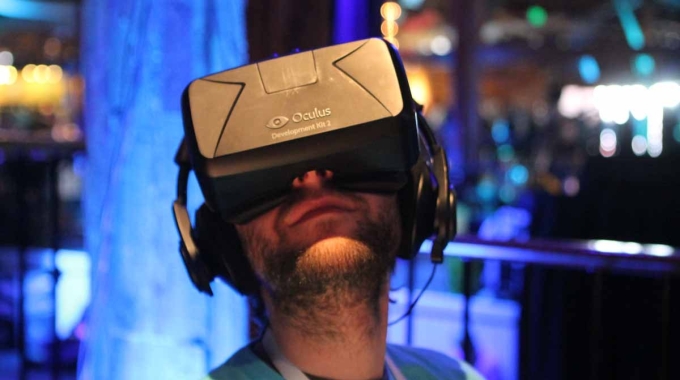Animation for Attention and Comprehension
Summary: Moving elements are a powerful tool to attract users’ attention. When designing an animation consider its goal, its frequency of occurrence, and its mechanics.
Thanks to the rise of HTML5 and CSS3 transforms and transitions, animations and movement are becoming increasingly commonplace in modern web design.

